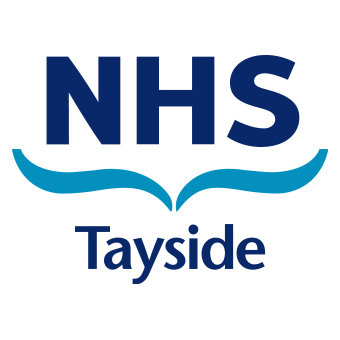Your child may become distressed or have pain when having certain procedure (tests or treatments). Sedation for procedures (procedural sedation) aims to reduce your child's pain and anxiety. The sedation may make your child feel sleepy and relaxed, meaning the procedure can be performed more easily and with less distress for you and your child. Your child may not remember the procedure at all or only remember small amounts only. This is normal.
Ketamine is commonly used in hospitals for sedation in children. There are some special features about sedation with ketamine for you to know:
- Your child will be cared for by a senior doctor and nurse
- It is given by injection into a vein or into the muscle of the thigh
- Your child may seem to be awake after receiving ketamine
- Your child may move a little without obvious cause, this is normal
- Your child’s eyes may twitch, this is normal
- Your child may report odd dreams on waking up, and may become a little agitated (less than 20% of children experience this). This tends to improve if you comfort your child in a quiet area until they are fully awake
- One in ten children develop a rash
- One in ten children vomit
- One in ten children will have some eye watering, or may drool
- One in twenty children have some twitching movements
- Rarely (0.3%) there can be laryngospasm (vocal cords close)
- In 0.02% of cases your child may need to be given a general anaesthetic with a breathing tube placed in their windpipe.
